Sigma 35mm F1.4 DN ART Review
Dustin Abbott
April 27th, 2021
It’s hard to believe that just a couple of years ago Sigma had no lenses for Sony full frame E-mount (FE). They started with a huge drop of “adopted” DSLR lenses that gave them a basic lineup built on their existing lenses, though those lenses were always somewhat compromised. They weren’t designed for the mirrorless flange distance (distance from optical path to the sensor), so they had more size and weight added to them to move the optical path forward and to make room for a built-in adapter to allow focus to work properly on Sony mirrorless. It more or less worked, but never as reliably as native lenses. Part of that initial batch of lenses was the adapted FE version of the Sigma 35mm F1.4 DG ART. That was the very first lens to bear the ART name, and, while it has been beloved, its a bit “long in the tooth” at this point and was never designed with Sony mirrorless in mind. But Sigma wasn’t done, as they have gone on to produce at least ten other new DN (their designation for mirrorless) lenses during the past two years. Two of those were actually 35mm lenses, including the massive and optically superior 35mm F1.2 DN ART (the first autofocusing F1.2 lens on Sony, which I reviewed here) and, more recently, the compact 35mm F2 DN from their iSeries which I reviewed here. One would think that with three 35mm options available on Sony that Sigma would “rest on their laurels”. It turns out that is in fact NOT the case, as Sigma saw room for a true replacement for the original 35mm F1.4 ART with a brand new lens purposefully designed for mirrorless. That “middle of the road” option that will almost certainly replace the compromised original FE version at retail is the new Sigma 35mm F1.4 DG DN ART lens, which we’ll call the 35DN for short in this review. The 35DN has the honor of being the very first lens that I get to review on my new Sony Alpha 1 which I just reviewed last week.
In the classic fairytale about Goldilocks everything comes in sets of threes. One is too hot, one is too cold, but one is just right. For many photographers, the 35mm F2 DN will be too small (not a wide enough aperture), the 35mm F1.2 too big (literally and cost-wise), but it is Sigma’s hope that the new 35mm F1.4 DN ART will be the “just right” option. And frankly, that seems like a likely scenario in my mind. The new lens weighs 450g less (640g) than the 35mm F1.2 (1090g), is 25mm shorter, and costs $600 less. It isn’t as compact as the new Sony 35mm F1.4 G Master lens (which is a svelte 524g and is only 96mm long), but it also has the advantage of being $500 cheaper. The size between the two F1.4 options isn’t radically different, and Sigma’s price advantage and optical prowess will almost certain catch the eye of the “discerning budget” shopper that wants a premium lens but doesn’t want to pay a premium price. This is a pretty wide swath of photographers in my experience.
The 35mm F1.4 space on Sony had been rather slim until the arrival this year of the GM lens, and this purpose-built Sigma lens for Sony mirrorless (it is also available for Leica L) will now really flesh out the options. I had hoped to do some direct comparisons to the GM lens, but it is unfortunately running a little behind in production, and I haven’t gotten my hands on one yet. I’ve been impressed with the Sigma 35DN, however, which is perhaps the sharpest 35mm lens that I’ve ever used.This is a lens that laughs at the demands of the 50MP sensor that I tested it on, with absolutely incredible contrast and detail from F1.4 on. It may even be too sharp for some, but I’ll let you determine that for yourself as we dive into the review. You can read on or watch my long format definitive or standard video reviews below…
Follow Me @ Patreon | My Newsletter | Instagram | Facebook | DA Merchandise | Flickr | 500px
Thanks to Sigma Canada for getting me an early loaner of the lens. As always, this is a completely independent review.
Sigma 35DN Build and Handling
As I noted in the introduction, the 35DN strikes a compelling balance between the massive 35mm F1.2 DN and the more compact F2 lens. This isn’t a smaller lens, but it is very reasonably sized relative to the performance. Here’s a look at a few competing lenses and their basic specs:
Sigma’s formula on Sony mirrorless is similar to their previous designs on DSLRs, but with a few key tweaks and improvements. The early ART series lenses lacked weather sealing, but this new DN version has a “dust and splash proof structure” which includes a seal at the gasket along with internal seals at the switches and rings and even a weather and oil repellant coating (like fluorine) on the front element.
Sigma has also taken steps to use a wider variety of materials in the construction of the newer lens to reduce the weight relative to older Sigma lenses. The weight savings over the previous F1.4 lens is only 115g, but we’ve also got a lens with two additional elements, more features, and a higher optical performance.
Some of those new features include the now ubiquitous aperture ring on Sigma DN lenses, which gives you a really versatile approach to aperture. You can choose either manual or automatic aperture control, choose to have “clicks” at the one third stop detents, or to “declick” the aperture ring for smooth control, and you can even engage a unique aperture lock switch that will keep you from inadvertently switching between manual and automatic aperture. That’s a degree of control over the aperture that you rarely see on any lens.
Sigma also includes a focus hold button that can be programmed to different functions in the camera body along with the always-welcome AF/MF switch that still gives you the quickest, most logical way to control that option.
This is a focus-by-wire lens like all true mirrorless lenses, but Sigma has gotten quite good at focus emulation. The focus ring is wide, nicely ribbed, and has a good amount of damping that makes focus feel quite similar to mechanical manual focus. Focus seems to be quite linear, from what I can tell, making this a decent choice for video work.
Inside we have a high count 11-bladed aperture iris (like the GM).
The iris does a better than average job of keeping a circular shape when the lens is stopped down, which contributes to nice geometry from the lens in bokeh highlights.
Our minimum focus distance is 30cm (one foot), and that gives us a very useful magnification figure of roughly 0.19x. Here’s what MFD looks like:
Contrast and sharpness are good up close, but some field curvature means that you don’t have a good flat plane of focus if you want a lot in focus. If you shooting three dimensional objects, however, it works just fine, and gives you some unique creative options:
The front filter threads are in an extremely common 67mm size, which makes filter sharing easy.
The 35DN comes with a nice pouch and a petal-shaped lens hood that has a lock, texture variations, and is certainly a cut above your typical lens hood.
This is a lens that checks all the boxes. It is weather sealed, feature rich, and handles well while maintaining a moderate size and weight. Sigma has found a way to manage size and weight while still delivering the goods optically, which definitely makes their lenses more tempting to me, personally.
Sigma 35mm F1.4 DN Autofocus Performance
My main objection to the original 35mm F1.4 ART lens was on the basis of its autofocus. I just didn’t find it reliable in important situations, like shooting weddings, and I ended up purchasing the much more expensive Canon 35mm F1.4L II instead because I needed a reliable option at this important focal length. But Sigma has come a long way from those days, and I’ve had little complain about in the autofocus department on any of the DN lenses. That’s certainly the case here, where the 35DN employs a STM (stepping motor) that seems to have plenty of torque and smoothness, too. Part of the success here is due to having a single focus lens element, which means that the focus motor has less weight to move, which results in smoother, faster focus action.
As a result, focus changes are essentially instantaneous and utterly silent. Even focus pulls during video are very snappy and I didn’t pick up any focus sound even using the on-board microphones on my Alpha 1. I’m not sure we can appreciate how good autofocus is today even compared to where we were a few years ago. One of the great mirrorless innovations is that gone are the days where the first thing I had to do with a new lens that arrived on my door was run focus calibration to assure that I could get accurately focused results. Now I can get focus results like this right out of the box:
It goes without saying that Pet Eye AF works perfectly these days (here’s the obligatory Loki shot):
I did a brief portrait session with my youngest and had the expected result. Eye AF was locked in perfectly and I had one accurately focused result after another.
Out in the field, I was able to get accurately focused results in all situations. In the case of this very thin subject, focus immediately locked on and accurately focused:
I put on a ND1000 (ten stop) filter to get long exposure results midday. Autofocus didn’t slow down a bit, locking quickly and accurately.
I see no application where this lens wouldn’t provide satisfactory focus results. I give it very high marks for focus speed, precision, and smoothness/quietness of operation. Great stuff, Sigma!
Sigma 35DN Image Quality
There’s a good chance that if you’ve watched or read my reviews before, you’ve heard me discuss the challenge that lensmakers face as they weigh the tension between sharpness and quality of rendering. The dirty little secret of optical design is that it is often optical flaws, quirks, and imperfectly corrected aberrations that give lenses character. Sometimes the very process of carefully correcting every flaw causes a lens to lose the character that endears it to photographers. The ineffable quality, that “special sauce” that is so hard to define but makes a lens special is so often found in lenses that aren’t technically perfect. Sigma has often tipped the scales towards the highly corrected end of the spectrum, and I’ve ironically accused some ART lenses of being rather “unartful” and a little clinical in their rendering. So where does the Sigma 35mm F1.4 DG DN ART fall on the spectrum?
Well, first of all, this is definitely a very highly corrected lens that is incredibly sharp across the frame even at F1.4. I used APS-C mode on my camera to get a little closer to Lok for this shot, and yet look just how incredibly sharp this shot is at F1.4.
Portrait photographers may in fact find the lens almost too sharp, as it will definitely show every skin detail when paired with a high resolution body. This portrait shot and crop are at F1.4:
Opinions vary, obviously, but I’m of the mind that I would prefer to reduce sharpness in post than try to add it. I’ll also note that 35mm lenses will often be used for environmental portraits rather than closer ones like this, and having a lot of detail at F1.4 allows a portrait photographer to capture full body, environmental portraits and keep the aperture at F1.4 rather than needing to stop down to get max detail. This section will first detail the technical perfection of this lens and then see if it has been done at the cost of overall rendering.
First of all, let’s break down the vignette and distortion. There is a very mild amount of barrel distortion that I used a +3 to correct for. Vignette is moderate at F1.4 at right under 2 stops. I fixed it with a +51 and slid the midpoint over to zero for a smooth, linear correction.
The vignette itself is fairly linear, so there will be plenty of situations where it will create a nice, natural frame for the subject. This shot, for example, is at F1.4 and without any correction of any kind.
Nothing significant here, and before long correction profiles will show up in editing software and make correcting these mild flaws even easier. You will receive corrections in camera for JPEGs and Video when using the lens.
Let’s go back to this high contrast, wide open shot of Loki bathed in bright window light. The angle of his head allows for a nice test of Longitudinal Chromatic Aberrations (LoCA).
You can see that there is a bit of purple fringing before the plane of focus and some green fringing after the focal plane. This was the strongest example I saw in my tests, so I suspect this won’t be a real world issue for much of anyone.
LaCA (Lateral CA) is essentially perfectly corrected, with no apparent fringing to the sides of the black to white transitions.
The stage has been set for some very high resolution results, so let’s get to the test chart on the 50MP Sony Alpha 1 test body. Here’s the chart:
And now here are crops from across the frame (center, mid-frame, and then extreme corner):
We can see that resolution is fantastic across the frame with just the slightest bit of drop-off at the very edge of the frame. This is a near flawless performance in terms of resolution and contrast.
So is there more still in the tank? Absolutely, as it turns out. You can see even more punch at F2 relative to F1.4:
After this there is little change to the center of the frame, but we see an uptick in corner contrast and resolution starting at F2.8.
The 35DN isn’t just optimized for portrait distances, too, as it is pin sharp at F1.4 even for further distances.
At landscape apertures it is wickedly sharp across the frame:
So the resolution side of the equation is unequivocally solved. This is a brilliantly sharp lens in every facet. But how about that rendering? Does the incredible resolution undo the quality of the rendering? That’s been the verdict I’ve been working on coming to over the course of my review.
I don’t think this lens has the epic creaminess of the Zeiss Milvus 35mm F1.4, and perhaps not even of the Canon 35L II that I’ve loved for years, but I do think that somehow Sigma has done a pretty good job here of preserving a nice quality of bokeh despite the lens being so sharp and contrasty. The bokeh falloff here, for example, looks quite nice.
This image shows off both nice bokeh on a global level but incredible contrast on the micro level.
I’ve been able to do creative things with the bridge supports in this image, and foreground bokeh is in no way distracting.
Here’s one more photo showing bokeh falloff that gets ever-so-slightly busy at the end, but that’s just nit-picking.
Here’s a few more various large aperture shots to allow you to draw your own conclusions:
Colors seems to be fairly neutral, with perhaps the slightest tendency towards being cool. I think saturation levels are nice, and I’m happy with what I’m getting out of the lens:
This is also a very high quality astro option, delivering crisp star points that have little comatic distortion even at the edge of the frame (third image in sequence).
This is one of the best performances I’ve ever seen from a wide aperture prime like this, and it only adds to the value of the lens.
I also saw nothing but good in the flare resistance from the lens. Even intense bursts of sun from behind the clouds on a partly cloudy day showed almost no loss of contrast and no ghosting artifacts.
The final image was the only shot I took that showed any kind of flare patterns, and it was mostly just a nice artistic bit of veiling in the background.
This is one of Sigma’s best lenses to date optically, with many, many strengths, and very, very few flaws. Check out the image gallery here to see more photos from the lens.
Conclusion
To return to our early analogy, I do think that Sigma’s fourth 35mm lens on the Sony FE and Leica L platform is the “just right” option. The combination of reasonable size, affordable price, great, feature rich built, and amazing optical performance is going to be the “goldilocks” formula for many photographers. The idea of getting such a complete lens at a price point of $500 less than the new GM option is going to be an intriguing one, and I know a lot of photographers these days who essentially feel like their lenses choices are first party or a Sigma ART alternative. Sigma has done a rather masterful job of creating the market perception that their lenses are a viable (and professional!) alternative.
And that’s true here, to be sure. There is nothing not professional grade about the Sigma 35mm F1.4 DG DN. It has a quality build that is complete with the pro-grade features like weather sealing and features like the focus hold button along with aperture control options. It has fast, silent autofocus that seems to be extremely reliable in my tests. It has a linear manual focus motor that will work just fine for video shooters. It has an exceptionally good optical performance that is almost too sharp…except the quality of the bokeh really is quite good. All of this for around $900 USD is going to get a lot of photographers very interested, and, while some chose Sony’s 35mm F1.8 over the Sigma 35mm F1.2 DN because of the sheer size and price difference, the new 35mm F1.4 is going to put a very different kind of pressure on that buying choice because the size is less extreme, the optical performance so high, and the fact that there is less than $200 difference in price. I haven’t had a chance yet to test the new Sony 35mm F1.4 GM lens, and while I fully expect that lens to be very, very good, it will be hard pressed to really outclass this new Sigma. I suspect that many photographers will find the Sigma 35mm F1.4 DG DN ART to be the “just right” blend of price to performance.Pros:
- Good build quality complete with weather sealing
- Strikes a good balance of size relative to performance
- As feature rich as the GM series
- Fast, quiet, accurate autofocus
- Incredibly sharp across the frame
- Nice bokeh
- Good resistance to flare
- Aberrations extremely well controlled
- Very good coma performance
- Awesome price point
Cons:
- Too sharp?
- Larger and heavier than GM lens
Gear Used:
Purchase the Sigma 35mm F1.4 DN ART @ B&H Photo | Amazon | Camera Canada | Amazon Canada | Amazon UK | Amazon Germany | Ebay
Purchase the Sony Alpha 1 @ Camera Canada | B&H Photo | Amazon | Amazon Canada | Amazon UK | Amazon Germany | Ebay
Purchase a Sony a9M2 @ B&H Photo | Amazon | Camera Canada | Amazon Canada | Amazon UK | Amazon Germany | Ebay
Sony a9 Camera: B&H Photo | Amazon | Camera Canada | Amazon Canada | Amazon UK | Amazon Germany | Ebay
Sony a7RIV Camera: B&H Photo | Amazon | Camera Canada | Amazon Canada | Amazon UK | Amazon Germany | Ebay
Buy DA Merchandise https://bit.ly/TWIMerch
Purchase a Sony a7C @ B&H Photo | Amazon | Camera Canada | Amazon Canada | Amazon UK | Amazon Germany | Ebay
Peak Design Leash Strap: Peak Design Store | B&H Photo | Amazon | Amazon Canada | Amazon UK
BenQ SW271 4K Photo Editing Monitor – B&H Photo | Amazon | Amazon.ca | Amazon UK
Adobe Photoshop Creative Cloud 1-Year Subscription
Exposure Software X6 (Use Code “dustinabbott” to get 10% anything and everything)
Visit Dustin’s Amazon Storefront and see his favorite gear

Purchasing your gear through B&H and these links helps fund this website and keeps the articles coming. You can also make a donation here if you would like. Visit my Amazon page for some of my gear of choice! Thank you for your support.
Great News! I can now offer a 5% discount on all purchases at Amplis Foto, Canada’s Leading Photographic Supplier. Please enter discount code: AMPLIS52018DA in your cart. It is good for everything in your cart, and is stackable with other coupons, too! It will take 5% off your entire order! Proceeds go towards keeping this site going and providing you with new reviews!
Check me out on: My Patreon | Sign Up for My Newsletter | Instagram | Facebook | Twitter | Flickr | 500px | Google+ |
Purchase the Sigma 35mm F1.4 DN ART @ B&H Photo https://bhpho.to/3vdsWI0 | Amazon https://amzn.to/3gBj4ne | Camera Canada | Amazon Canada https://amzn.to/3dPBnmI | Amazon UK https://amzn.to/3njr3GU | Amazon Germany https://amzn.to/3viMrP7 | Ebay https://ebay.us/btZDSM
Keywords: Sigma 35mm F1.4, Sigma 35 F1.4 DN, 35mm F1.4 DN, Sigma 35mm F1.4 DN, DN, DG, 35mm, F1.4, Review, Sigma 35mm F1.4 Review, ART, Review, Sony, Review, Hands On, Dustin Abbott, Real World, Comparison, Sharpness, Bokeh, Flare Resistance, Autofocus, Image Quality, Sample Images, Video, Photography, Sony a9, sony a7III, sony a7RIII, a7R3, Leica L, Sony Alpha 1, Sony A1
DISCLAIMER: This article and description contains affiliate links, which means that if you click on one of the product links, I’ll receive a small commission. As an Amazon Associate I earn from qualifying purchases.












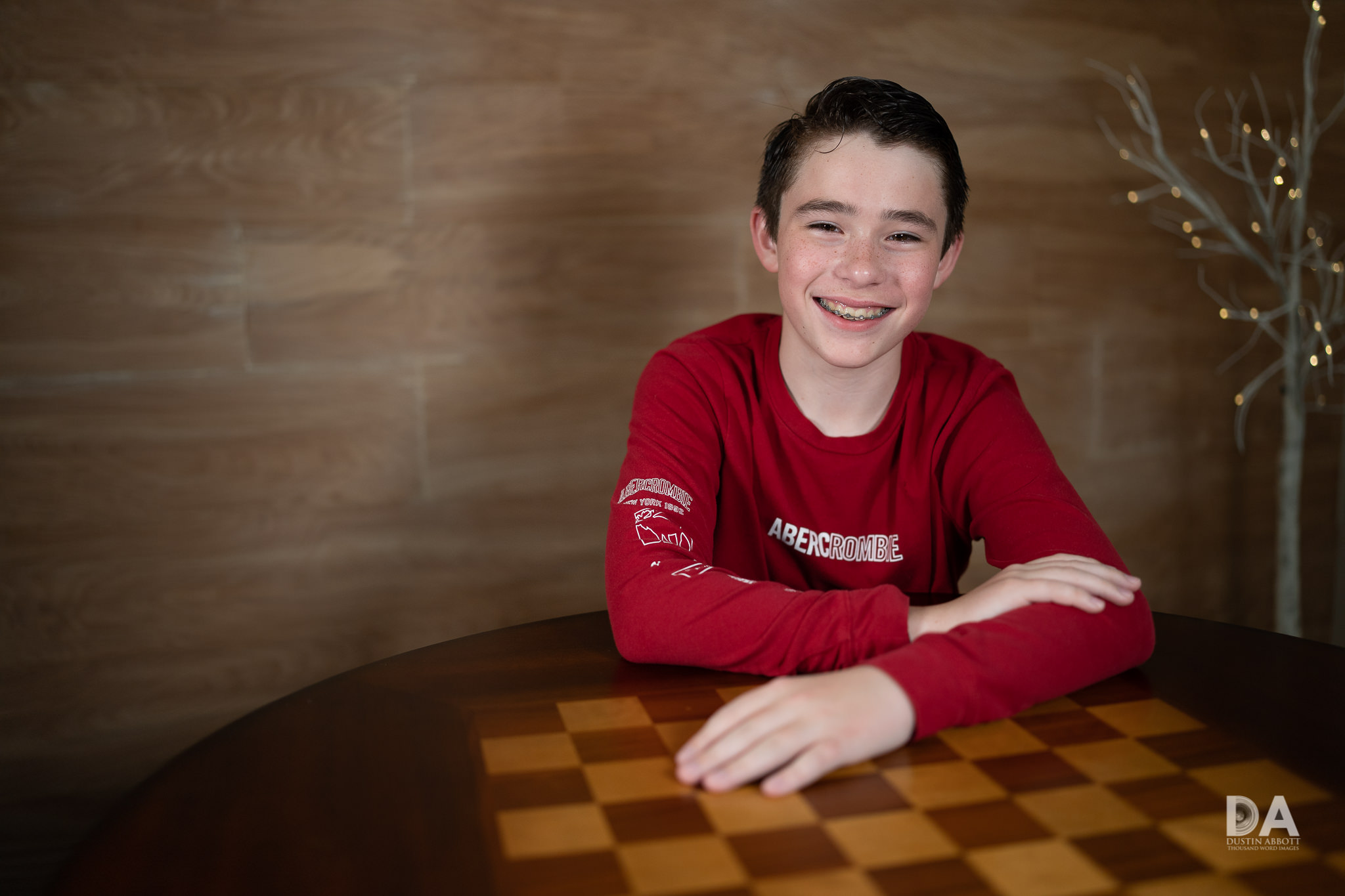


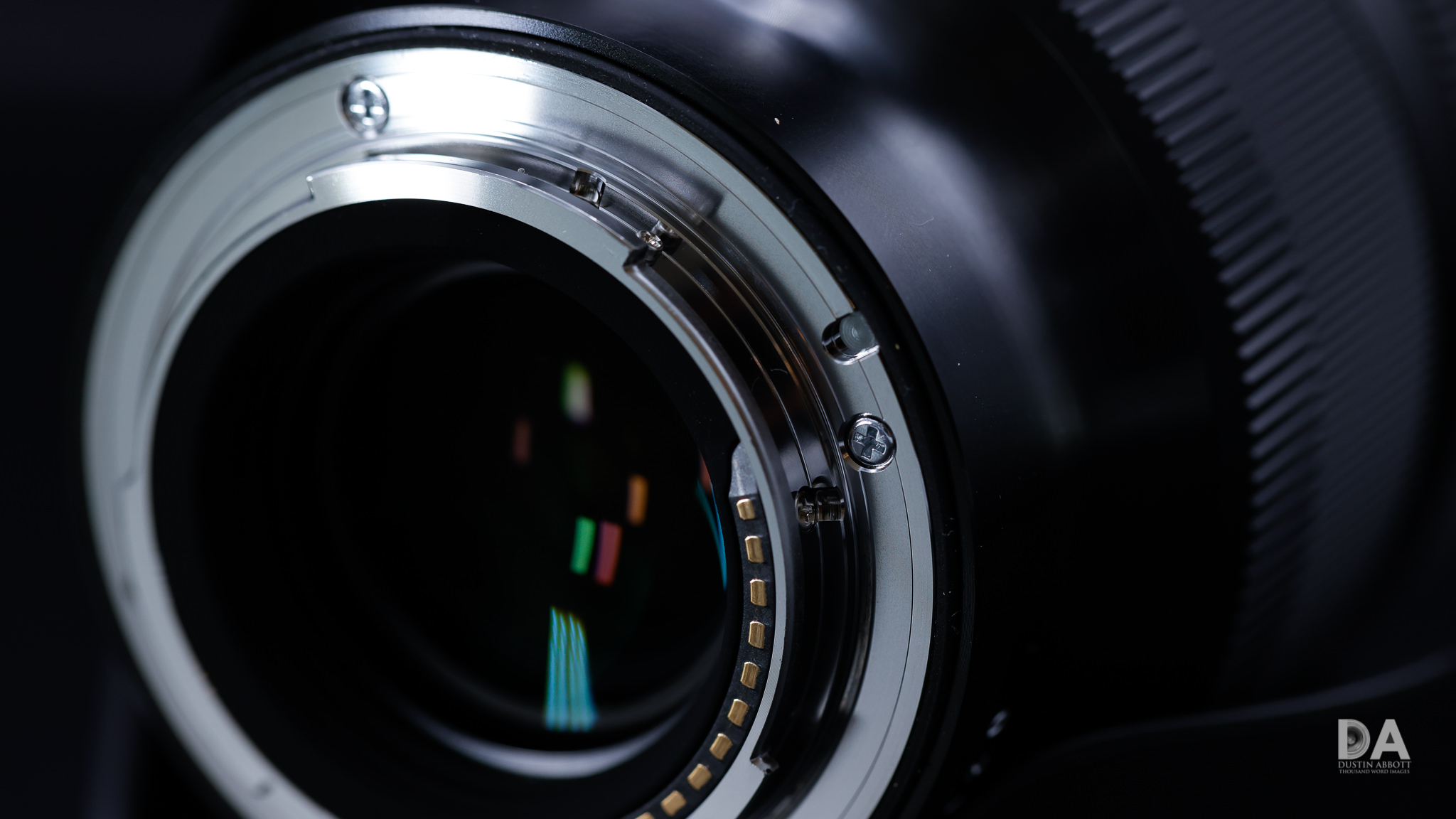
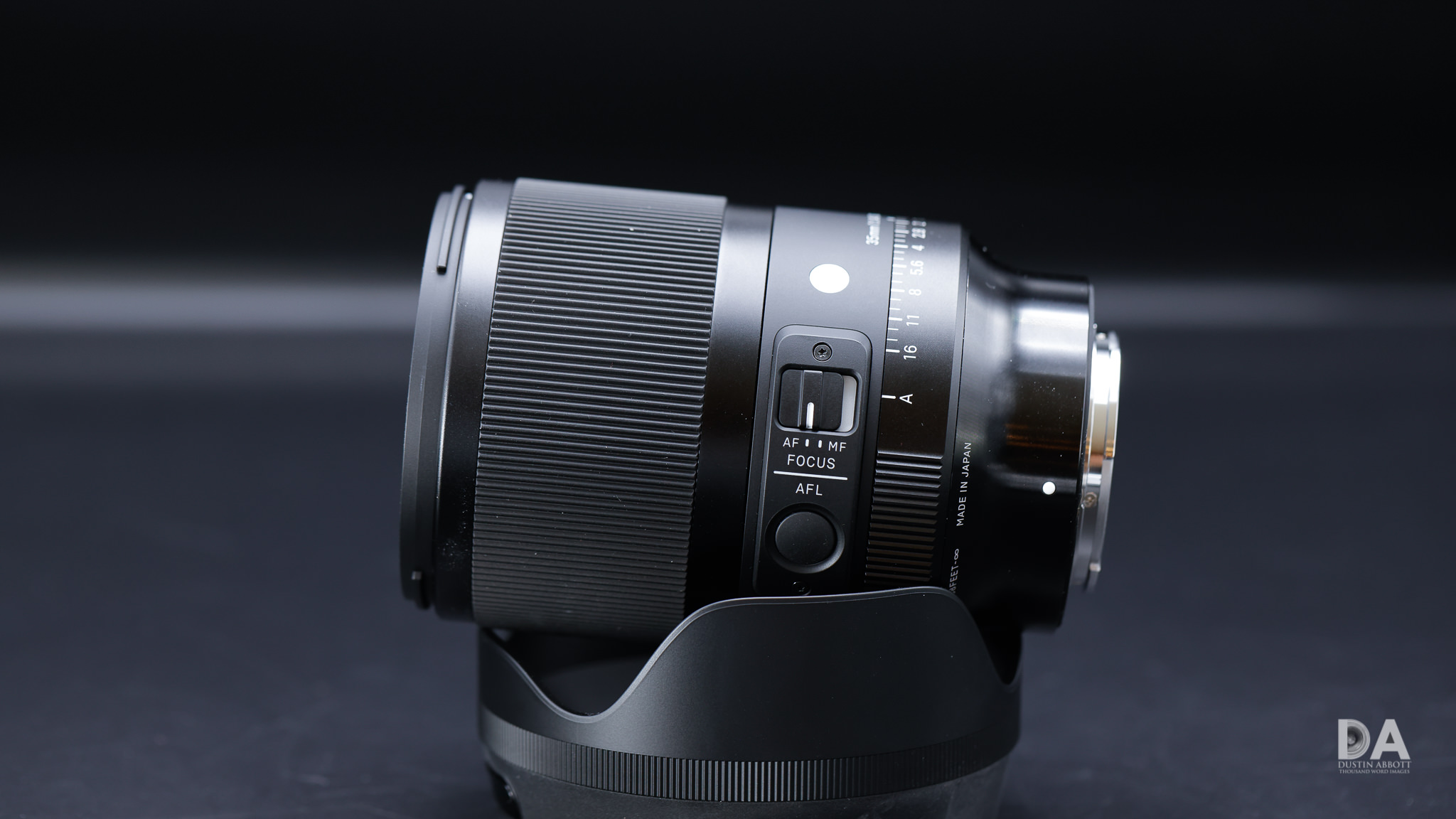
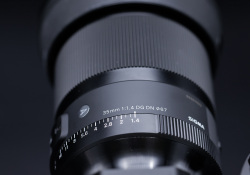
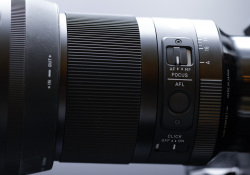
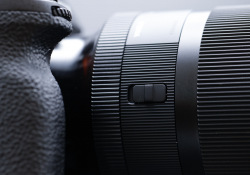
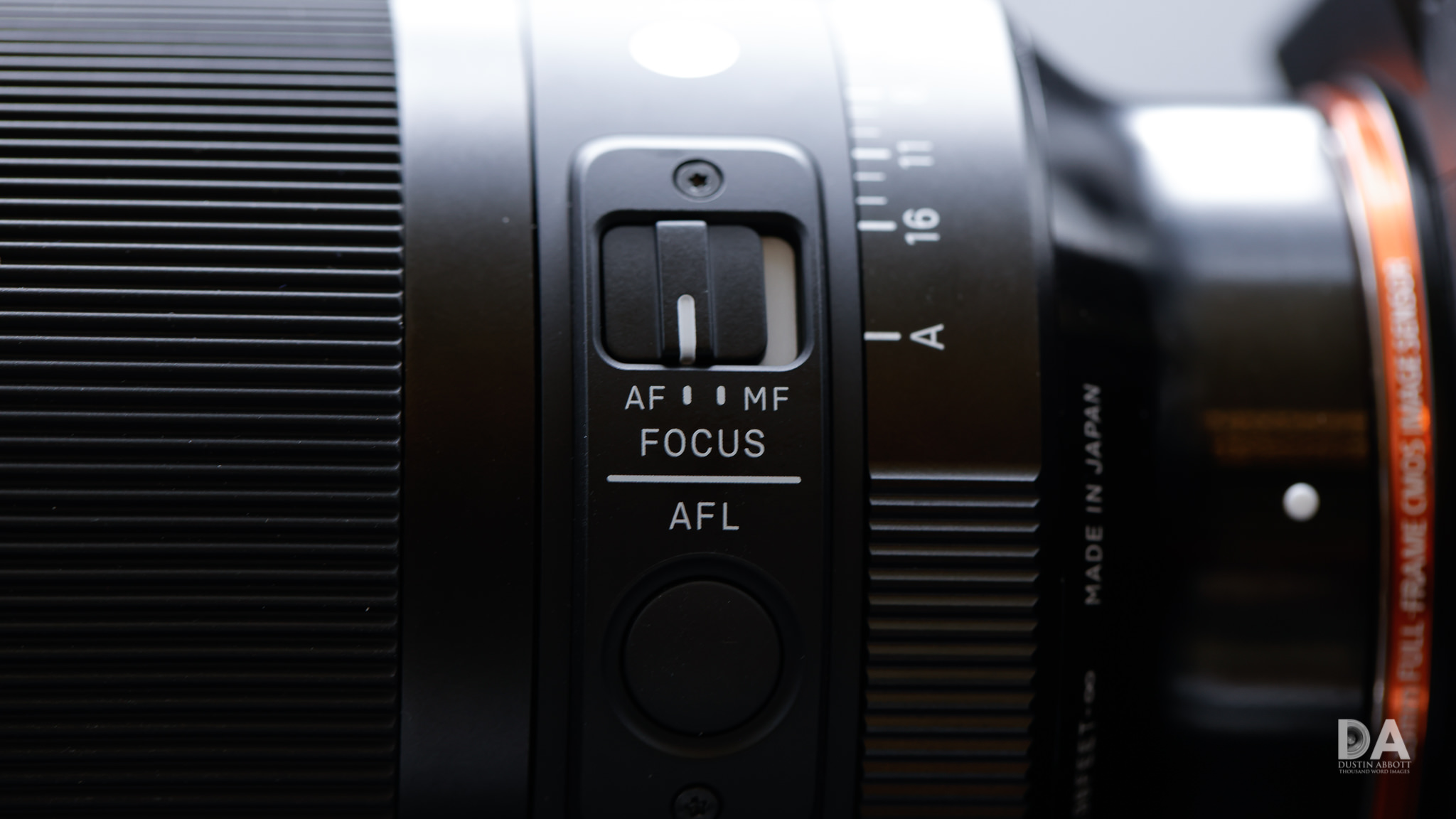
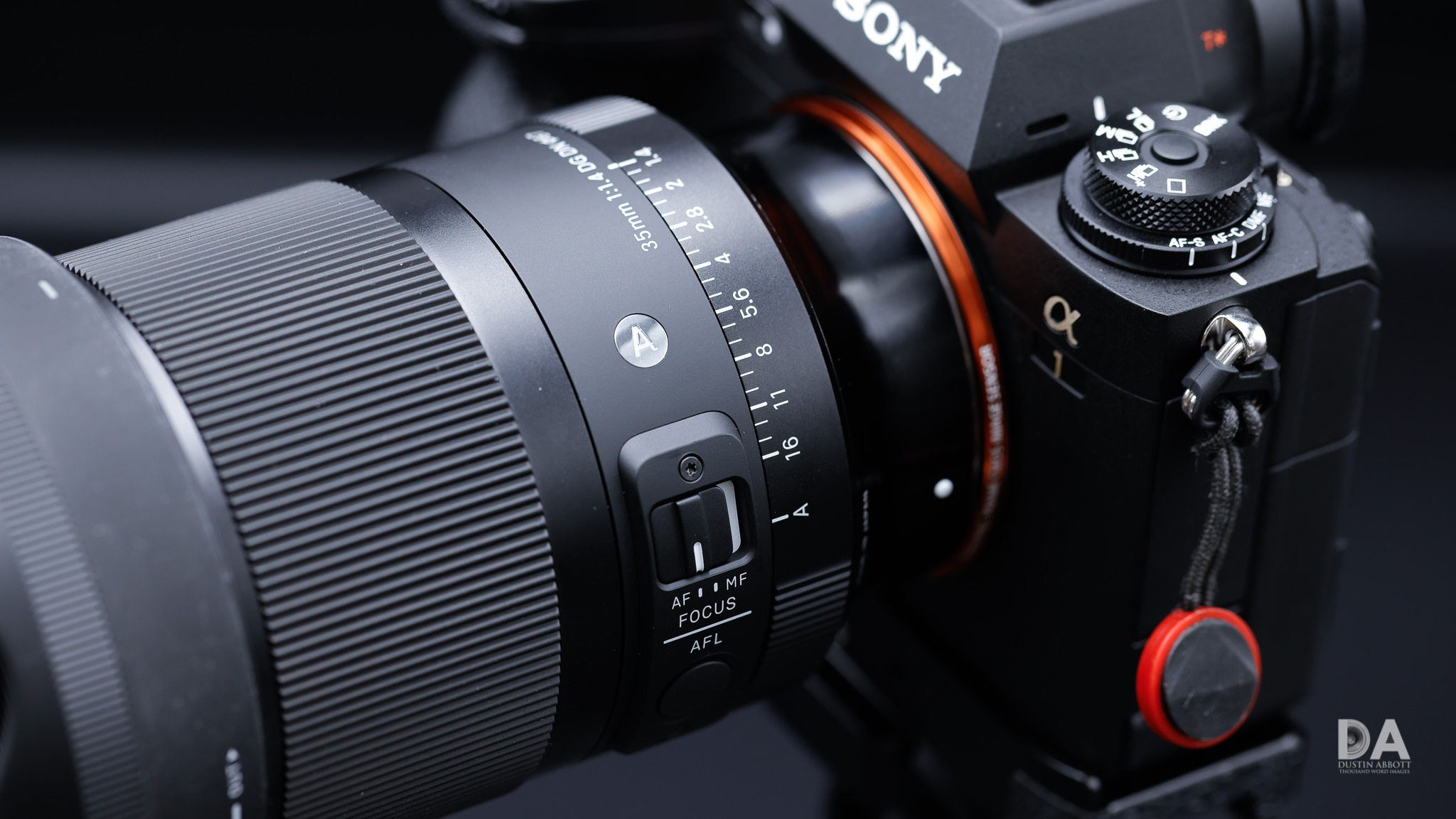
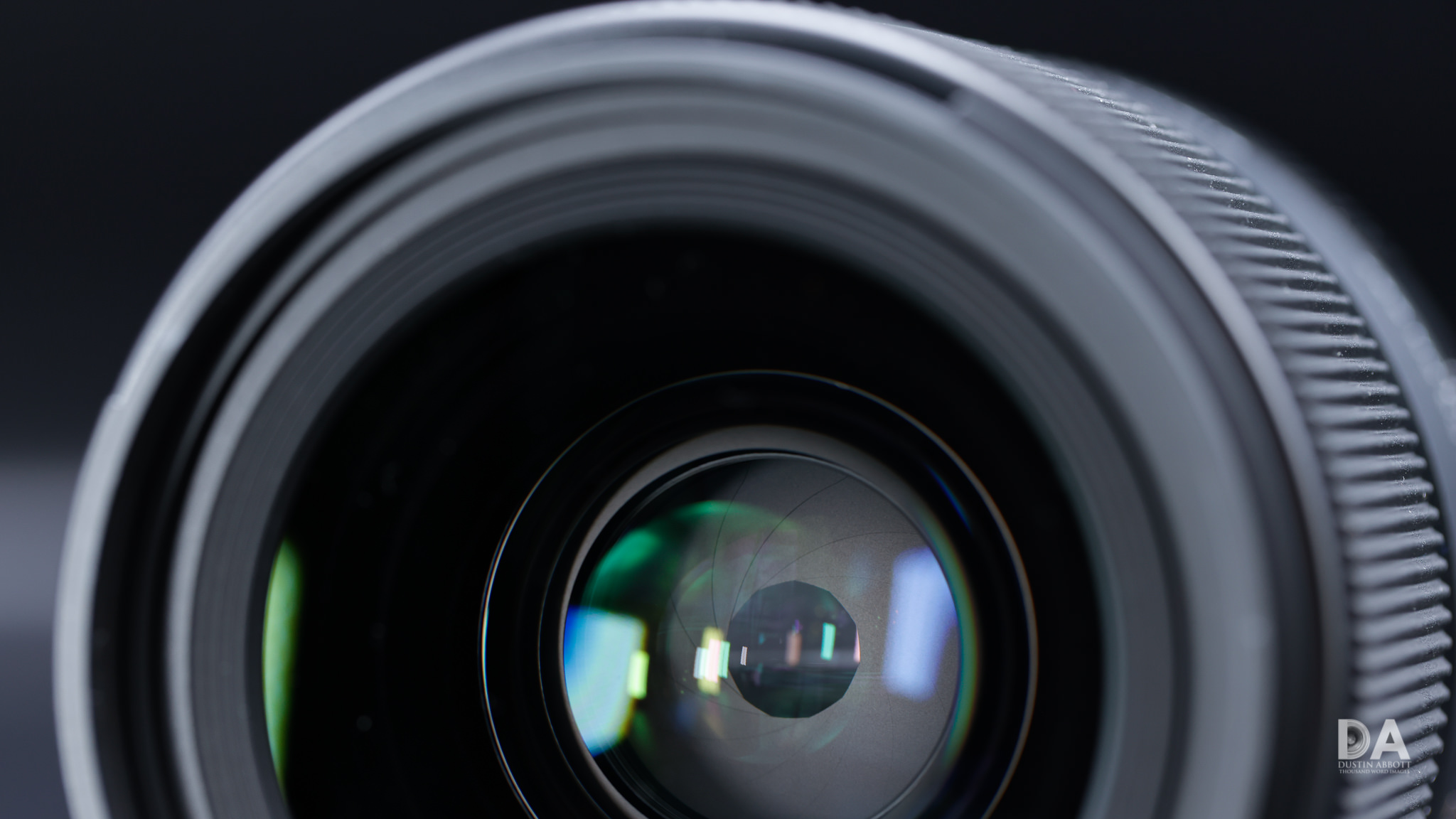





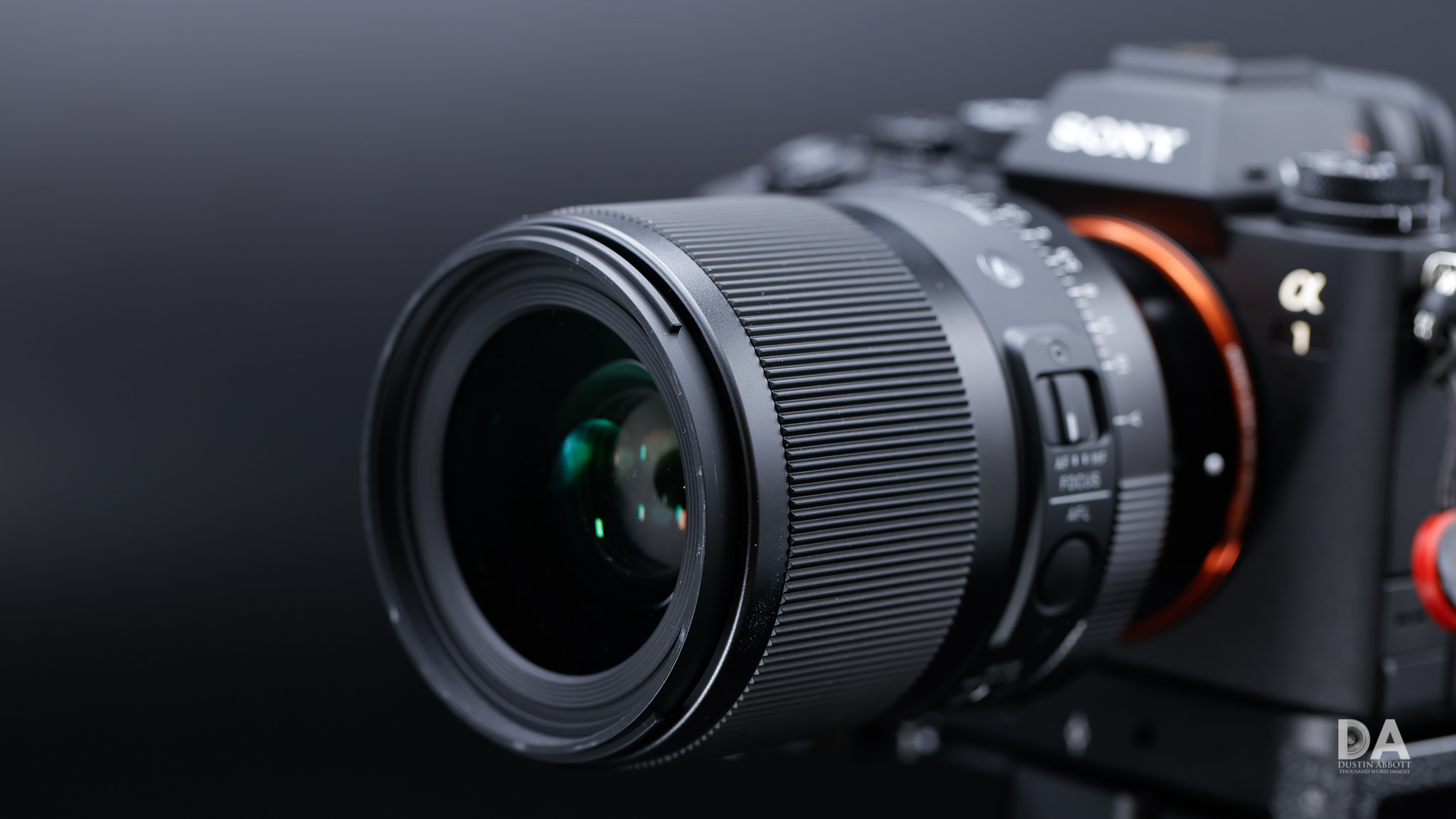
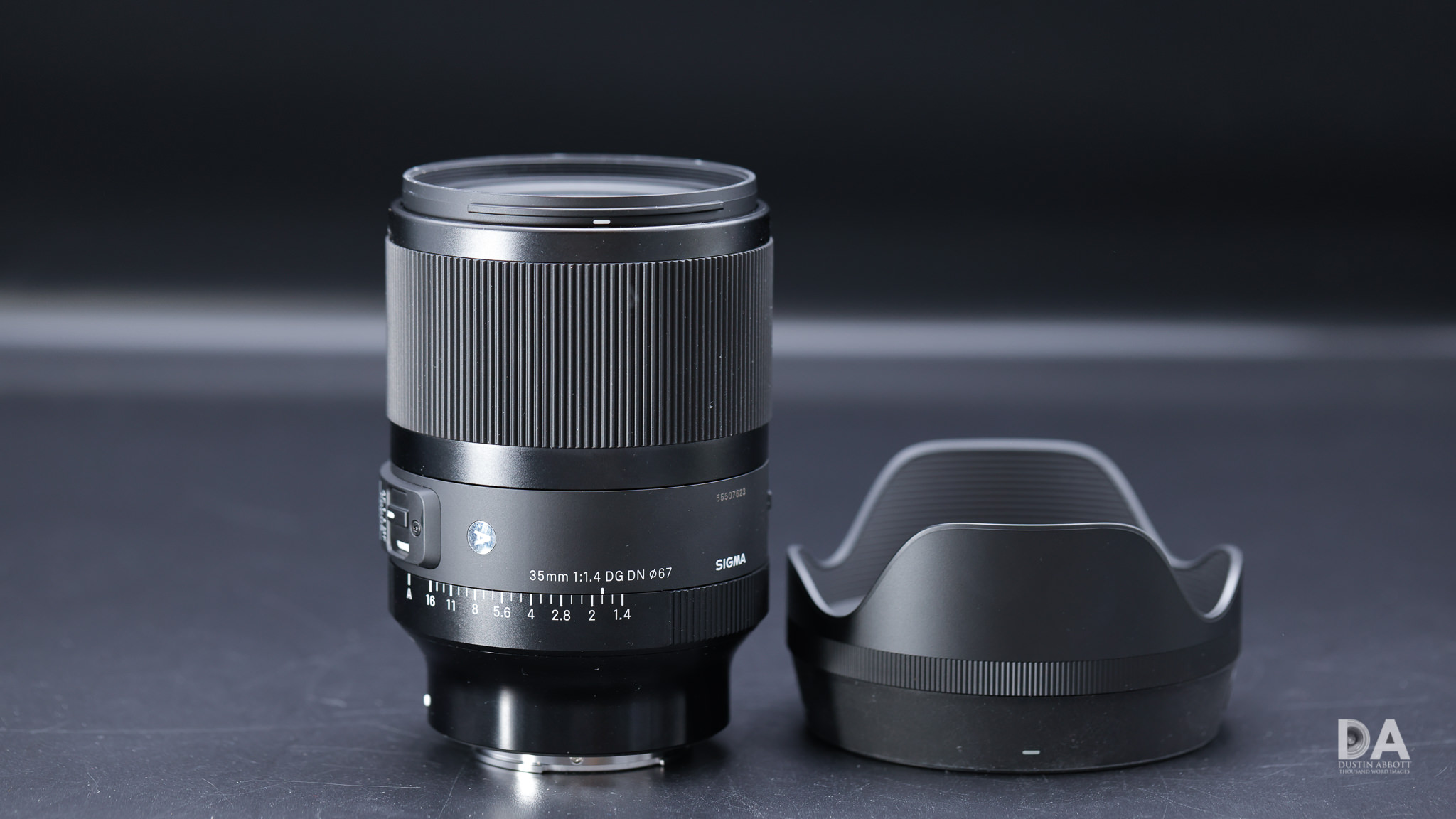
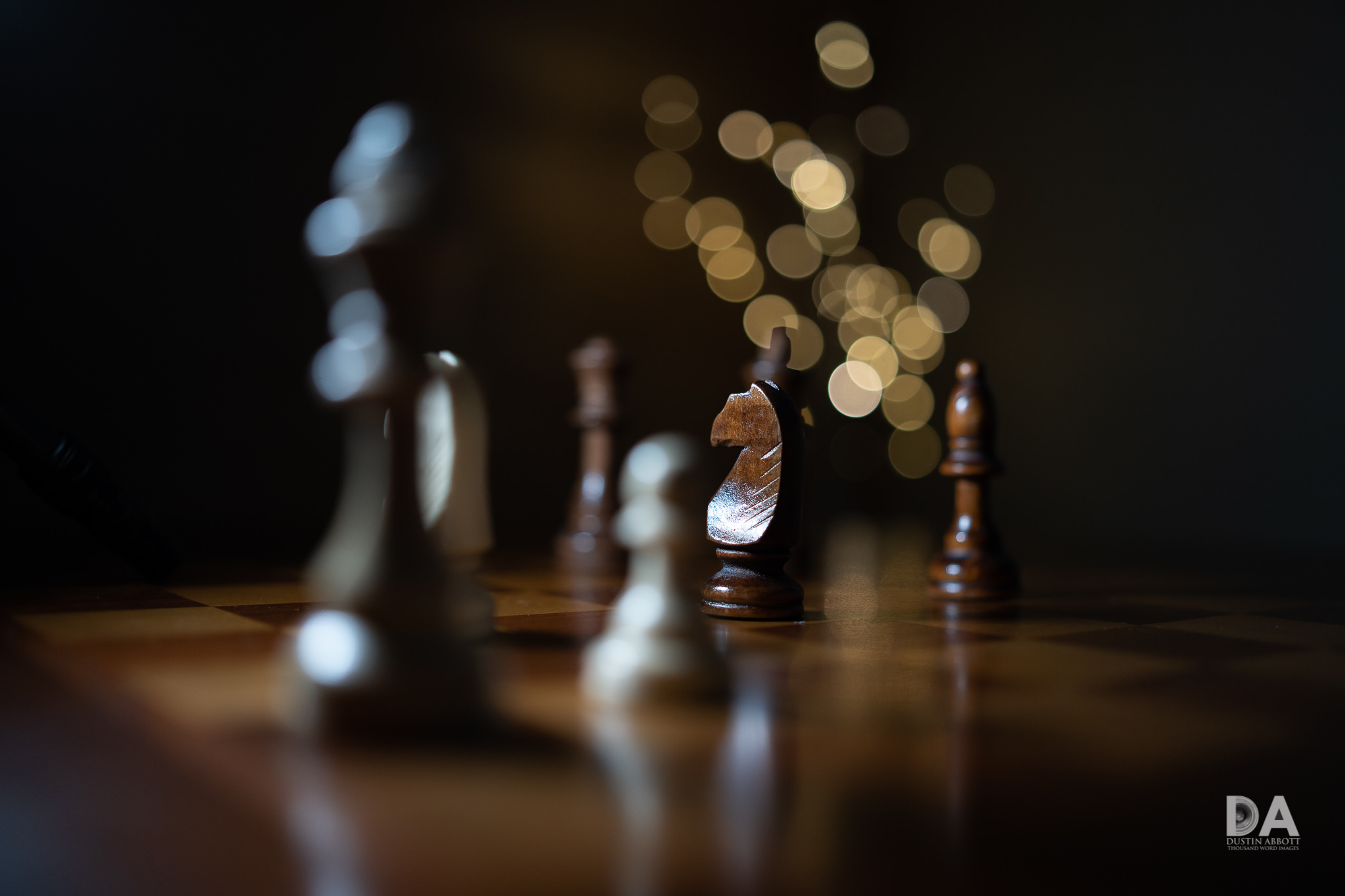




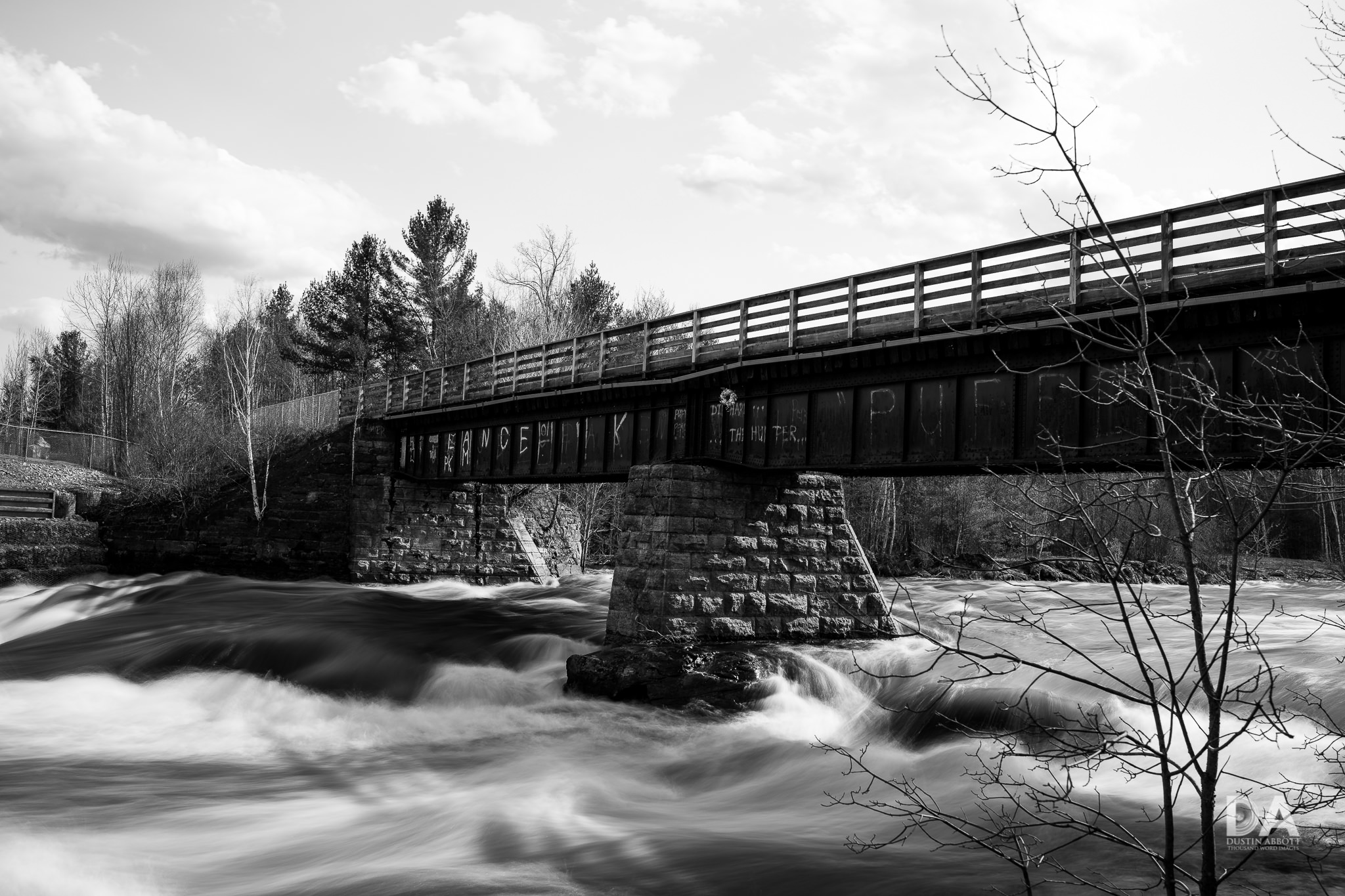




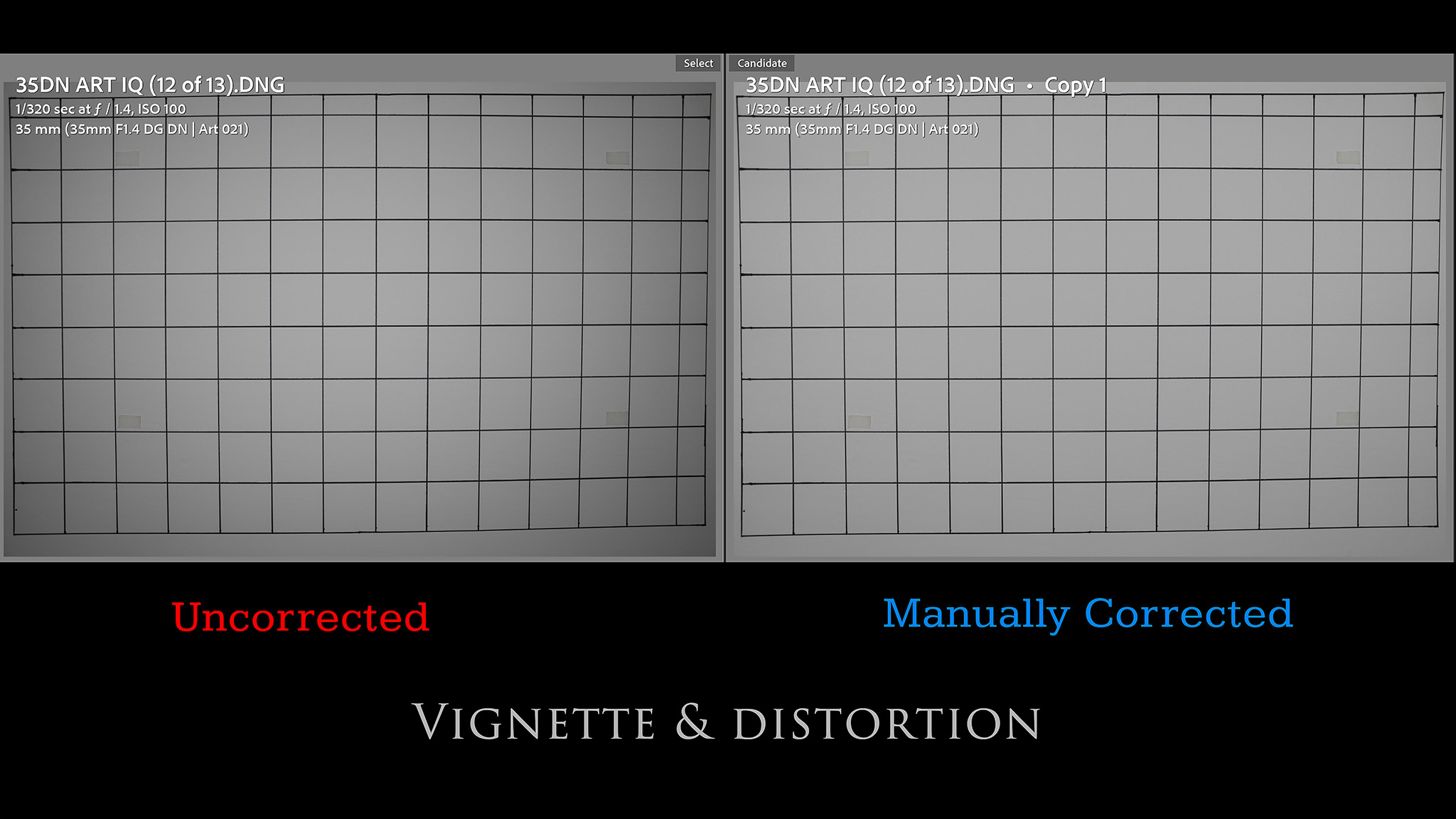


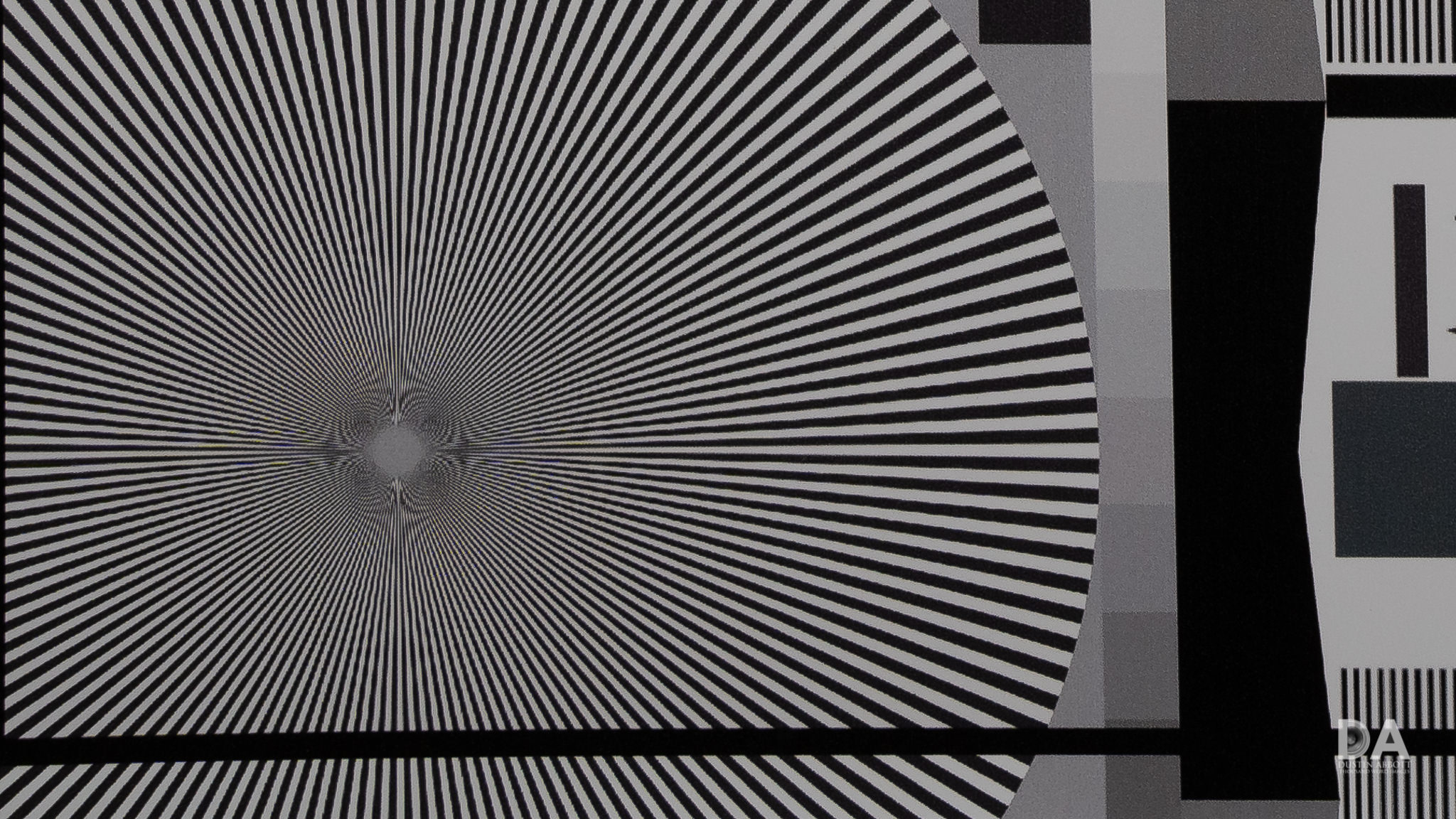
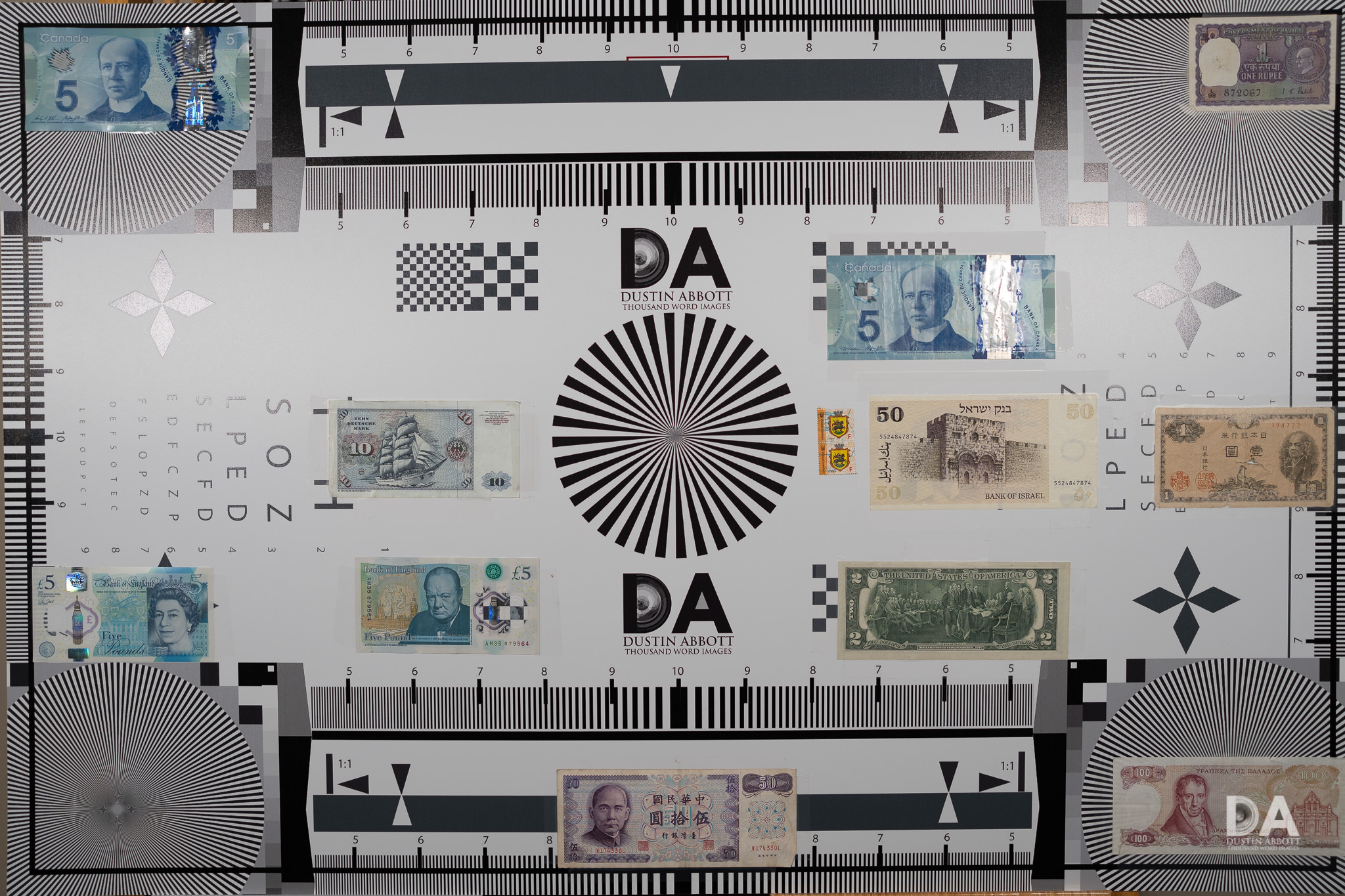

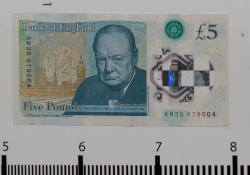

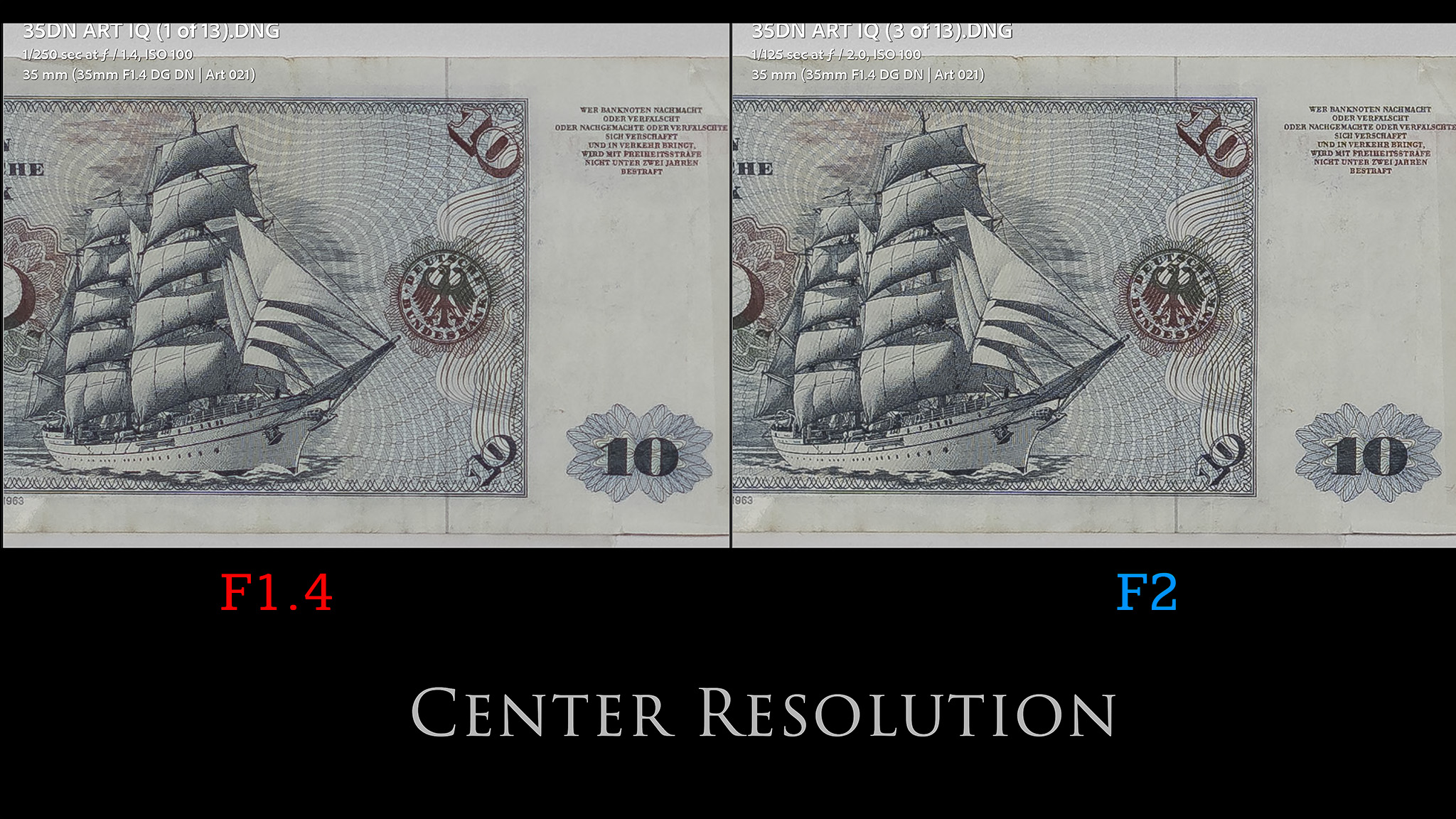





























 Sirui Sniper 75mm F1.2 Review
Sirui Sniper 75mm F1.2 Review  Sirui Sniper 75mm F1.2 Gallery
Sirui Sniper 75mm F1.2 Gallery  Tamron 70-300mm F4.5-6.3 RXD Z-mount Review
Tamron 70-300mm F4.5-6.3 RXD Z-mount Review  Nikkor Z 40mm F2 Review
Nikkor Z 40mm F2 Review 





